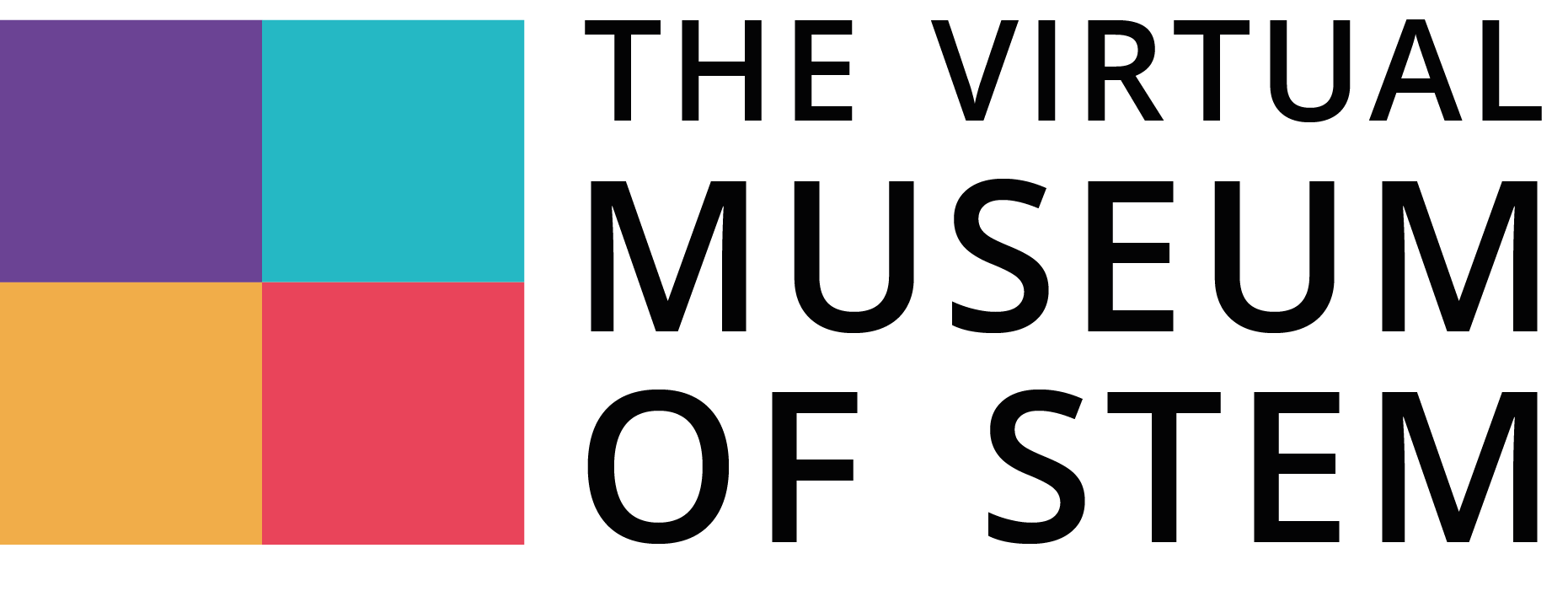How museums contribute to STEM learning
In the times we live in, the field of STEM seems progressively more important, as the world becomes more technological every day, so much so that it is sometimes hard to keep track of all the changes around us. With this technological boom and fast-paced environment, it is only natural to think of the younger generations and the need to develop their skills and abilities related to STEM subjects. Evidence shows that the future jobs will require a workforce with advanced technical and personal skills (Bybee, 2010).
This is connected to the so-called 21st century skills, specified by UNESCO as a set of the following competences: collaboration; communication; Information and Communication Technology (ICT) literacy; and social and/or cultural competencies (including citizenship). According to a study published by the Directorate-General for Internal Policies of the European Parliament (Caprile, M., Palmen, R., Sanz, P. & Dente, G., 2015), the employment of STEM skilled labour is increasing and expected to grow. In fact, the study forecasts that by 2025, there will be 7 million STEM job openings. Conversely, there are shortages in technological professions and occupations, which highlights the need to educate and develop the skills of current students with the 21st century skills in mind. Taking this landscape into account, it becomes extremely important to motivate and encourage students to learn more about STEM subjects. Hertz (2016) argues that STEM subjects should not simply be taught in isolation, through a textbook and exams, but rather that students need to have the opportunity to incorporate creativity into their work, seeing what they can do with STEM subjects in real life. Students also work on their critical thinking and problem-solving skills by being creative. In addition, the skills acquired through arts, like observation, recognition of patterns, written, oral and visual expression, are also required in STEM (Swanson, n.d.).
One way to develop these skills is through non-formal education and giving students access to museums, which can be a fruitful learning environment, not only in STEM but also in other areas. According to Hildreth (2014), STEM-focused museums play an important role in reaching the public, inspiring interest, and supporting STEM skills. Additionally, they are also a good way to involve minority children and young people in STEM (Bell et al, 2009). STEM museums give children and youth the chance to interact with STEM-themed exhibits and learn beyond the classroom.

Several studies have presented the research results on the influence of STEM museums on student learning and inclusions. For example, Adams, Gupta, and Cotumaccio (2014) studied how a science program at the American Museum of Natural History shaped the learning and influenced women of colour to pursue STEM careers, having concluded that the museum’s science program had a very positive effect in shaping these women’s appreciation for STEM subject and influenced many to pursue a career in STEM. Chi, Dorph & Reisman (2015) conducted a literature review of the evidence of the impacts and features of STEM learning programs run by museums and other designed environments. They have concluded that such initiatives have positive outcomes like youth developing an interest in STEM and STEM learning activities, the development of skills to engage in these activities and young people come to value more the goals of these activities.
There is no doubt that museum exposure and activities can influence the attitude of youth towards STEM subjects. The VM-STEM project also aims to create an inclusive platform dedicated to STEM, through the creation of the first European virtual museum for STEM education at secondary level. The ultimate goal is to offer an immersive, interactive and engaging experience, empowering the participating students.
Stay tuned for more news!

- Adams, J. D., Gupta, P. and Cotumaccio, A. (2014) Long-Term Participants: A Museum Program Enhances Girls’ STEM Interest, Motivation, and Persistence. Afterschool Matters, 20, pp. 13-20.
- Bell, P., et al. (2009). Learning science in informal environments: People, places and pursuits. Washington, DC: National Research
- Council of the National Academies.
- Bybee, R. (2010) What Is STEM Education?. Science, 329(5995), p. 996
- Caprile, M., Palmen, R., Sanz, P. & Dente, G. (2015). Encouraging STEM studies: labour market situation and comparison of practices targeted at young people in different Member States, European Union, Brussels. Retrieved from https://www.europarl.europa.eu/RegData/etudes/STUD/2015/542199/IPOL_STU(2015)542199_EN.pdf
- Chi, B., Dorph, R., & Reisman, L. (2015). Evidence & impact: Museum-managed STEM programs in out-of-school settings. National Research Council Committee on Out-of-School Time STEM. Washington, DC: National Research Council.
- Hertz, M. B. (2016). Full STEAM Ahead: Why Arts Are Essential in a STEM Education. Edutopia. Retrieved from https://www.edutopia.org/blog/arts-are-essential-in-stem-mary-beth-hertz
- Swanson, n.d. STEM TO STEAM: WHAT’S IMPORTANT ABOUT THE “A”. The Rockwell Museum. Retrieved from https://rockwellmuseum.org/blog/art-from-home-stem-to-steam/
- UNESCO International Bureau of Education. (2013). IBE Glossary of Curriculum Terminology [Ebook]. Retrieved from https://unesdoc.unesco.org/ark:/48223/pf0000223059
